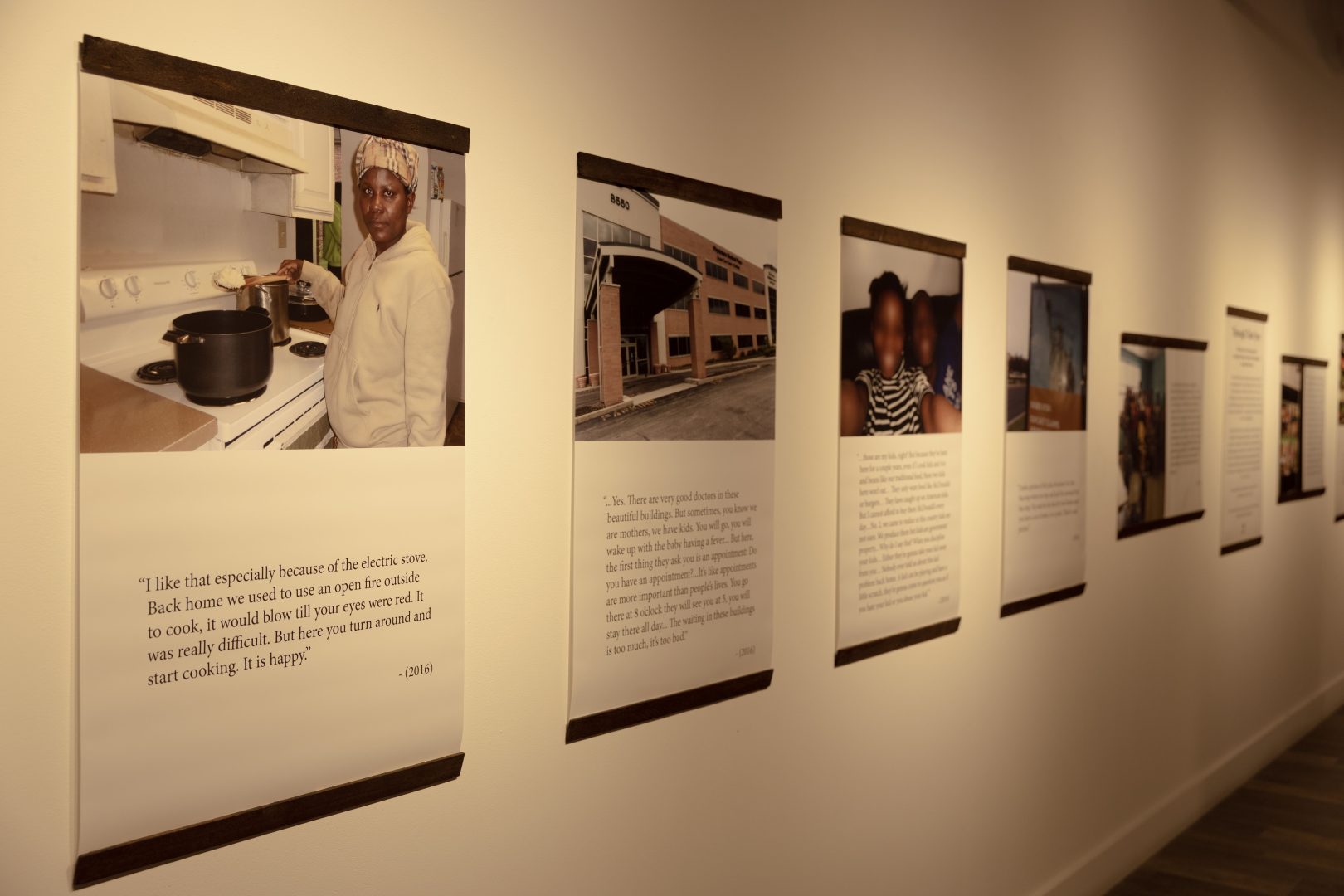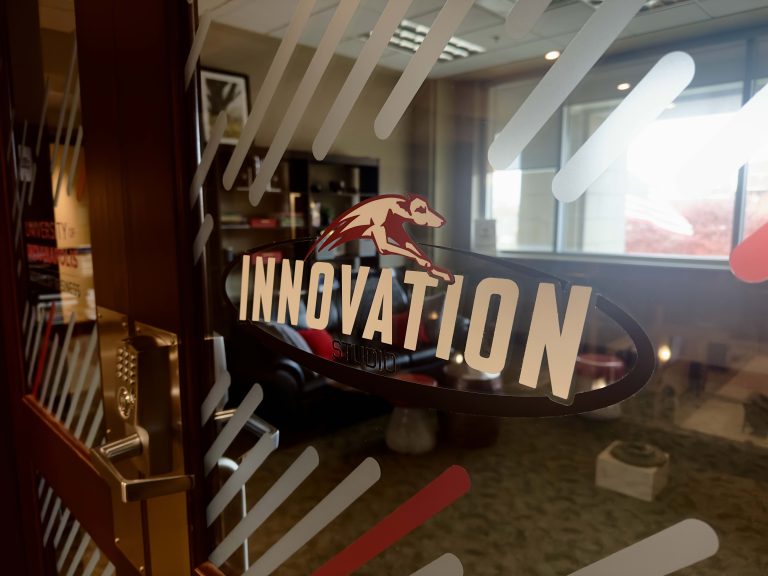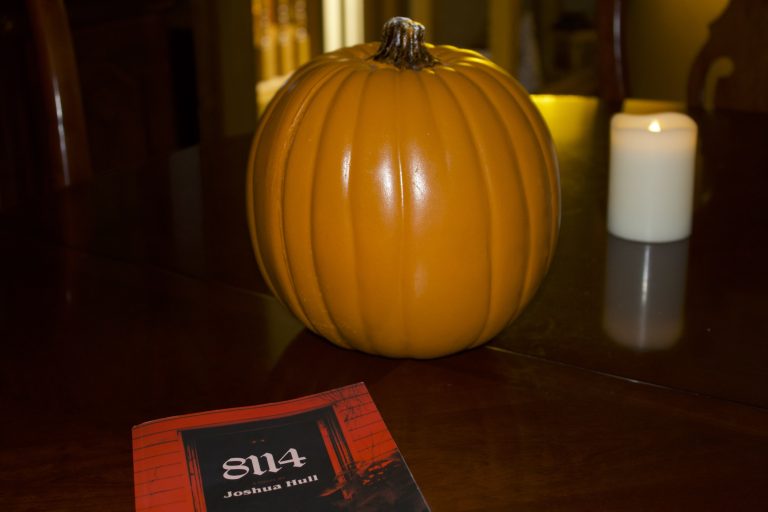The University of Indianapolis saw Professor of International Relations Jyotika Saksena co-lead a research study with her colleague Director of Master of Public Health and Associate Professor at Western Michigan University Shannon McMorrow. The study was featured in downtown Indianapolis at the Circle City Industrial Center according to Saksena. McMorrow and Saksena began a study on how female Congolese refugees adjusted to life in Indiana. According to an analysis by ResearchGate, the exhibition featured photographs that were taken and captioned by the refugees themselves, using a methodology called PhotoVoice.

This research and exhibition was done in partnership with Exodus Refugee Inc., Indiana Minority Health Coalition (IMHC) and other community partners who have donated space and money to the cause, according to Saksena. Saksena said Exodus Refugee Inc., a partner in this research, directed Saksena and McMorrow to focus on Congolese women because they were a newly arriving group to Indianapolis. According to Saksena and McMorrow, they met these women in 2016 and have been in contact ever since.
Saksena stated they wanted to focus on Iraqi and Syrian refugees as well but since their funding was from IMHC, it was not possible because the federal definition of minority considers Iraqi and Syrian people as white. UIndy has had a relationship with Exodus for over a decade, and it first started out as a place where students could go to get internships, according to Saksena. According to UIndy 360, Saksena has served on their board since 2014.
“It’s [Exodus] a good learning space for our students and a chance to serve the larger community. In some ways, when you think about UIndy as education for service, it’s a perfect place for our students to get that experience,” Saksena said.
Saksena said they used a methodology which is called PhotoVoice which meant that the women themselves were given cameras, told to snap pictures of what made them feel happy or sad and then caption the photo in their own words. The biggest challenge in this research, according to Saksena, was the language barrier by using visuals instead of just words, as it was a much more impactful and interactive way of getting to know the woman.
According to McMorrow, she met Saksena in 2015 while the two both worked at UIndy while McMorrow served as the Director of the Master of Public Health program. She said that she and Saksena originally connected over how their two programs could correlate more under the topic of global health. McMorrow said she has been doing work with PhotoVoice for over ten years which was how the methodology was chosen for the project.
“It was 11 years ago, I started doing PhotoVoice. I did it with a group of teenage girls, African American teenage girls,” McMorrow said. “It went really well and I just really appreciated how the method worked in terms of capturing people’s true experiences and also their stories.”
Saksena said the research is an ongoing project and that there are plans to continue the methodology and share their findings with the public. Saksena and McMorrow have done gallery shows before, both downtown and in the Schwitzer Student Center as well, according to Saksena. Saksena said she encourages UIndy students to get involved, and an important aspect of helping these refugees adjust to life here is communication and being immersed in the culture. According to McMorrow, their research and exhibit has already been improved to be featured in two more conferences coming up within the next six months.
“I would just say that I thank you for taking the time and I’m grateful to have this exposure because I don’t know if Dr Saksena mentioned it,” McMorrow said. “But really PhotoVoice, like the way that it was conceived, is always for there to be not just to do research and like keep it inside but to have these kinds of media and awareness and advocacy exposure.”
Exposure is something that both McMorrow and Saksena have said has been a focus. The colleagues are constantly looking for opportunities to share their experiences and work with others. Both women said they encourage students to get involved and reach out to them if they have any interest in this subject or methodology.
“So in any way that students can do internships, do volunteer work or take service learning classes would be all different ways of helping these refugees integrate,” Saksena said.







